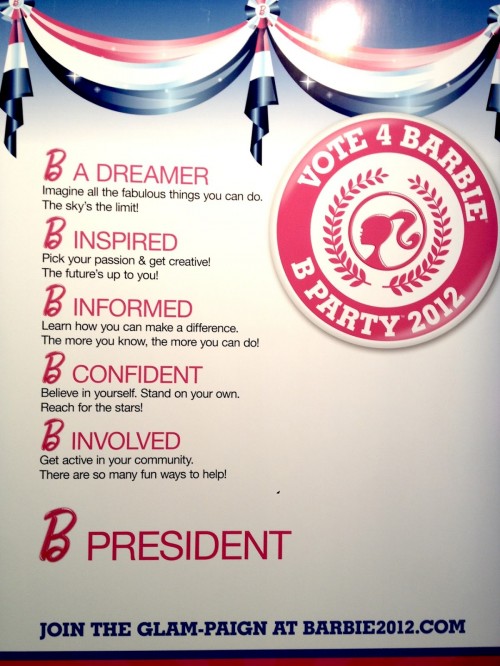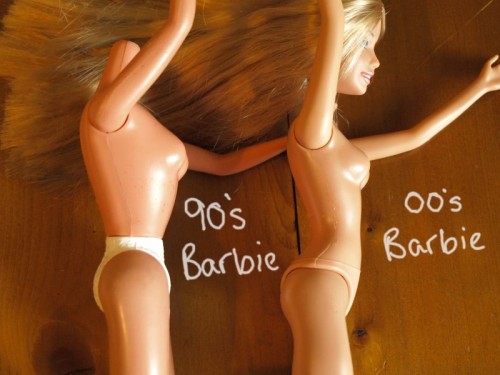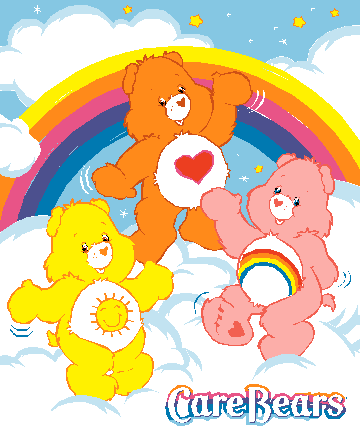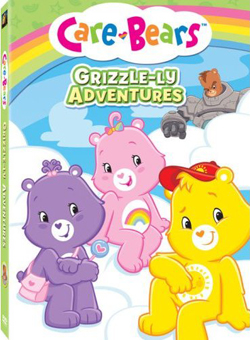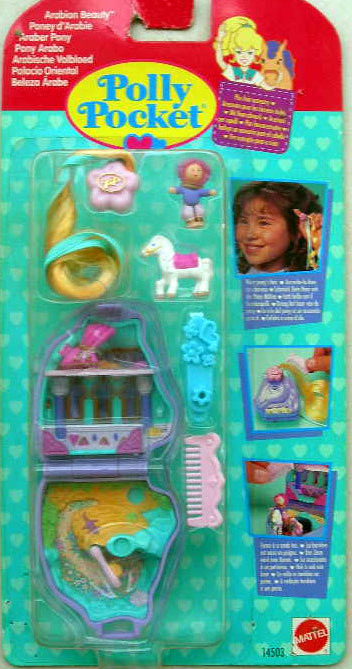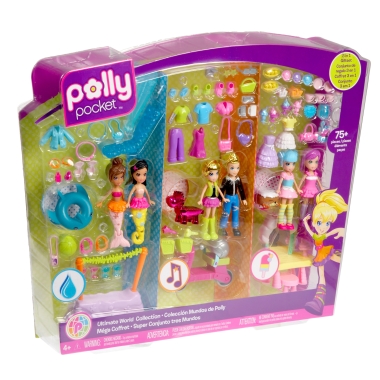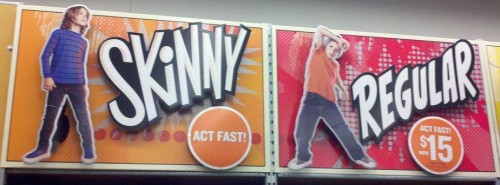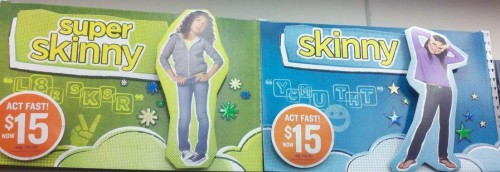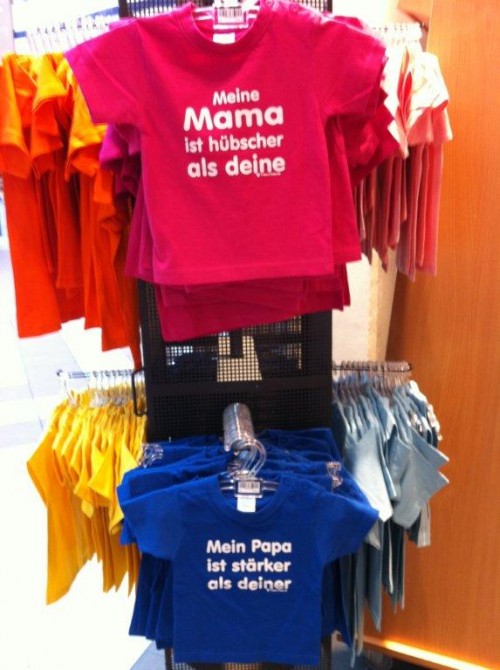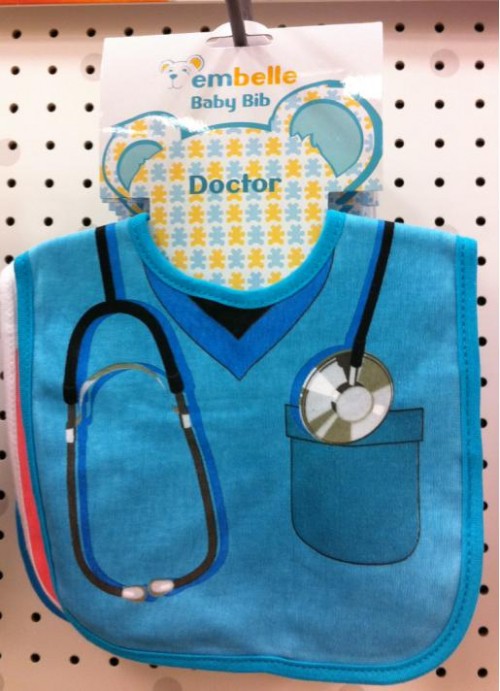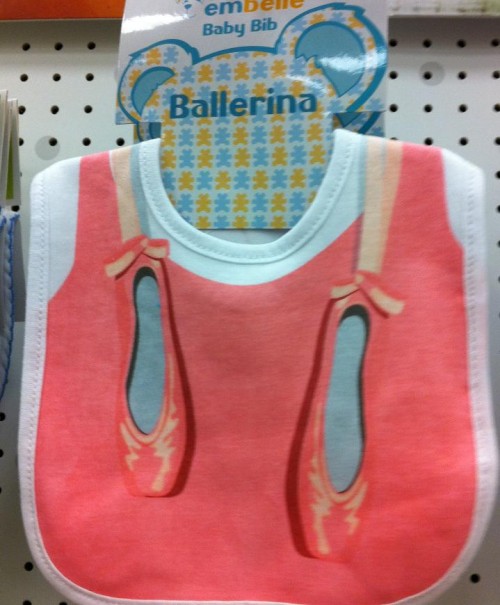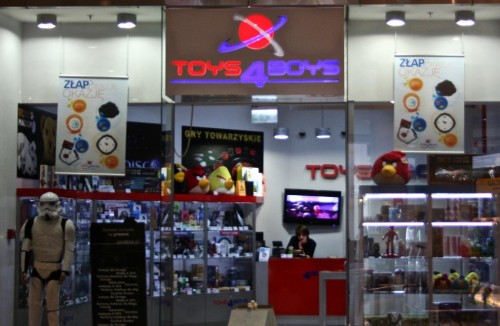 The splashy introduction of the new LEGO friends line earlier this year stirred up a lot of controversy. My goal with this set of posts is to provide some historical perspective for the valid concerns raised in this heated debate.
The splashy introduction of the new LEGO friends line earlier this year stirred up a lot of controversy. My goal with this set of posts is to provide some historical perspective for the valid concerns raised in this heated debate.
1932-1977: The Brick Era
The LEGO Group started as a family business with the motto “only the best is good enough.” The company produced primarily wooden toys for the first two decades of its existence. It wasn’t until 1958 that the iconic LEGO brick was patented as we know it today. LEGO bricks were originally marketed as toys for both boys and girls. The 60s saw the introduction of new elements to the LEGO system like wheels, windows and hinges. Marketing images from this era tend to feature boys and girls equally.

In the 70s we encounter the first LEGO theme marketed specifically at girls: Homemaker. The sets aren’t very different from the rest of the products offered at that time (there’s some bricks and you build stuff), but the pictures of smiling girls playing with the sets clearly mark them as “girls only.” Homemaker sets are clearly meant to be furniture for dolls.
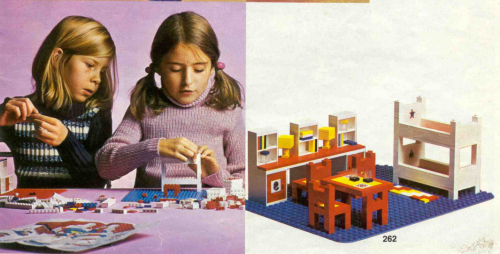
Dolls are popular toys, so finding ways to integrate the LEGO experience into this existing model of play was a shrewd business strategy for TLG, but one that nevertheless perpetuated stereotypes.
The 70s also saw TLG experimenting with different types of human-like figures. The first figures (sometimes called maxifigs to contrast with their later mini brethren) were built from regular LEGO bricks and new head pieces. These appeared in a line of sets with the uninspired name “LEGO Building Sets with People.” These line as a whole was marketed at both boys and girls, but some sets were more targeted. Co-existing for a brief period with the maxifig was a proto-minifigure. The minifig we all know and love today was next.
1978-1988: The Golden Era
In 1978 the minifigure first appeared as we know it today and, after an awkward period of co-existence with the maxifigs, the “minifig” became the standard for tiny plastic people. The minifig is now as iconic as the LEGO brick and equally important in defining the LEGO brand, over the years has tried to introduce other types of figures, but none of them have the staying power of the minifig. For the next decade LEGO minifigs existed in a gender neutral utopia. One can argue that the hairstyles are slightly gendered, but keep in mind that unisex hairstyles were all the rage at the time. When people talk about wanting to get back to the “good old days” of LEGO, this is generally the decade they are referring to.
For the next decade LEGO minifigs existed in a gender neutral utopia. One can argue that the hairstyles are slightly gendered, but keep in mind that unisex hairstyles were all the rage at the time. When people talk about wanting to get back to the “good old days” of LEGO, this is generally the decade they are referring to.
In response to the LEGO Friends launch a lot of people have been passing around these images from an early 80s ad campaign: Even at this time, however, LEGO was promoting gendered play. The short-lived Scala Jewelry theme, for example was a major deviation from the core LEGO product line. There is virtually no building in these sets, they are completely superficial — a triumph of style over substance.
Even at this time, however, LEGO was promoting gendered play. The short-lived Scala Jewelry theme, for example was a major deviation from the core LEGO product line. There is virtually no building in these sets, they are completely superficial — a triumph of style over substance.
Contrast this with Technic, which is all substance and no style. These complicated sets (originally called Expert builder sets) are clearly for boys. Boys also seem to have taken over LEGO trains. It’s great that TLG provides a range of products for builders of all skill levels, but why is it that the products for girls are always on the low-skill side of the spectrum and the high-skill side always reserved for boys?

The segregation of LEGO into feminine and masculine sets would escalate in the next 15 yrs, however, and I’ll cover that development in the next installment.
Read Part II of A Historical Perspective on the LEGO Gender Gap.
—————————
David Pickett is a social media marketer by day and a LEGO animator by night. He is fanatical about LEGO and proud to be a nerd. Read more from David at Thinking Brickly.


